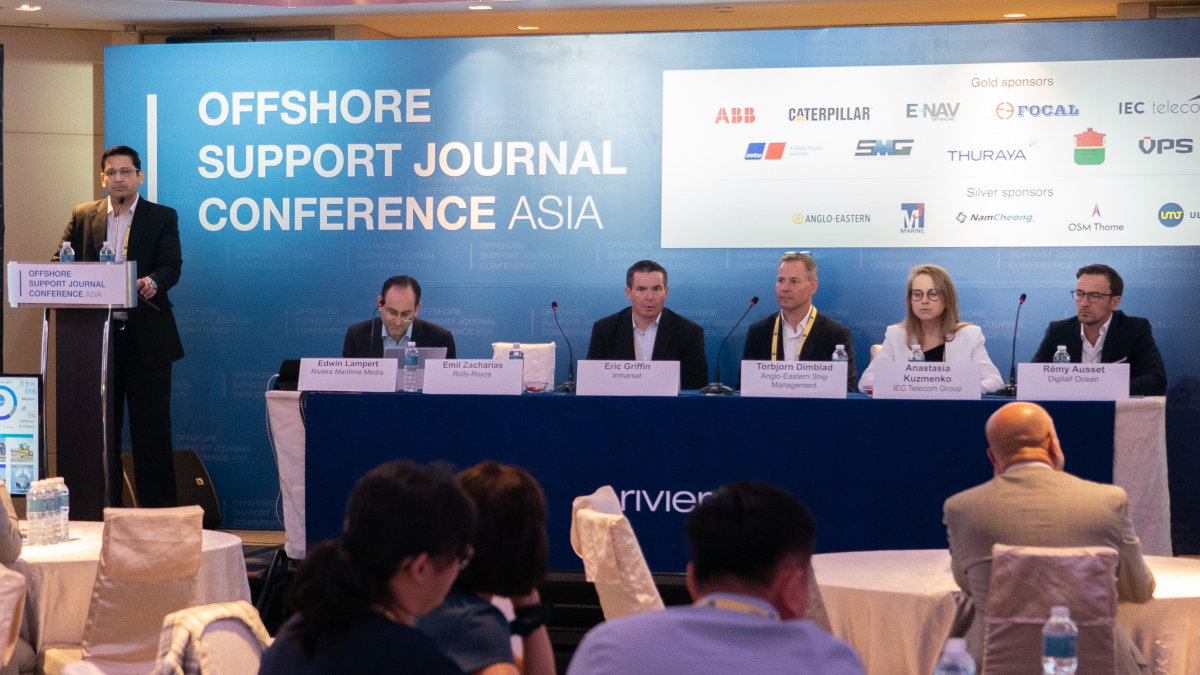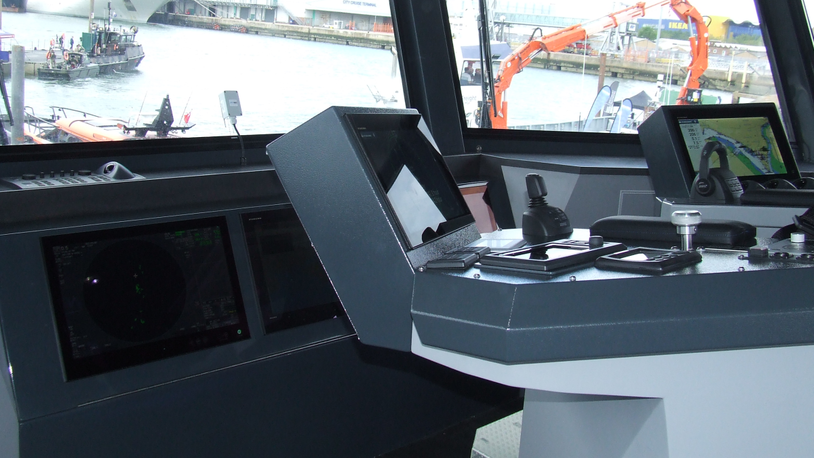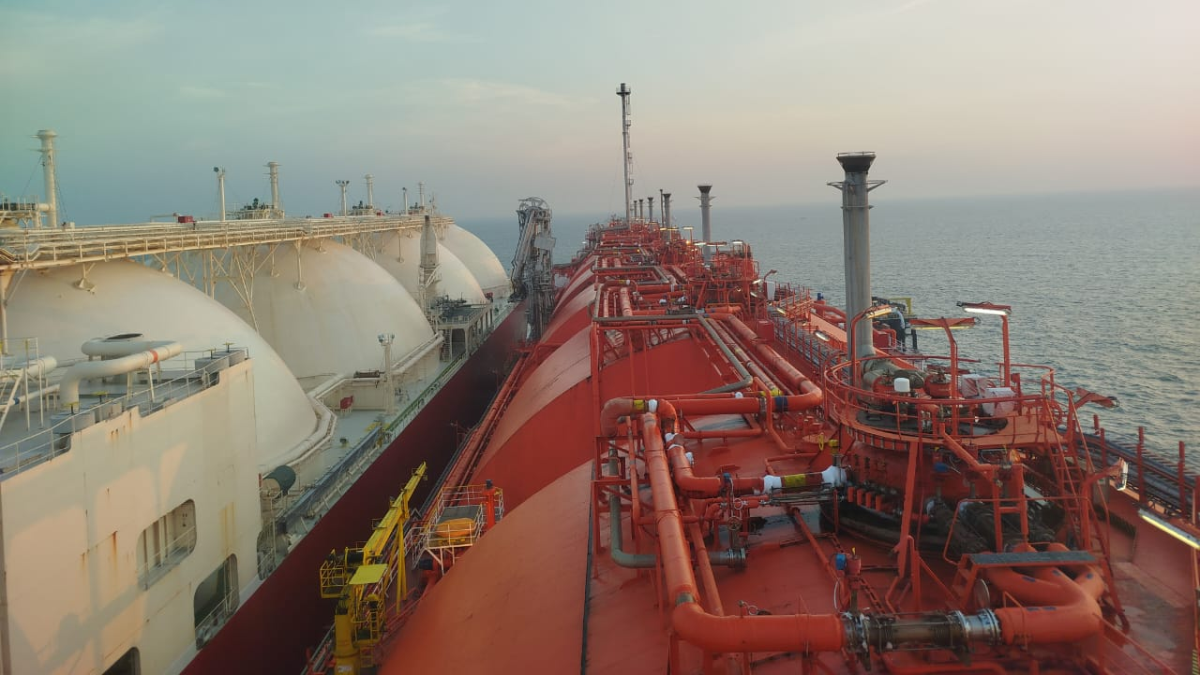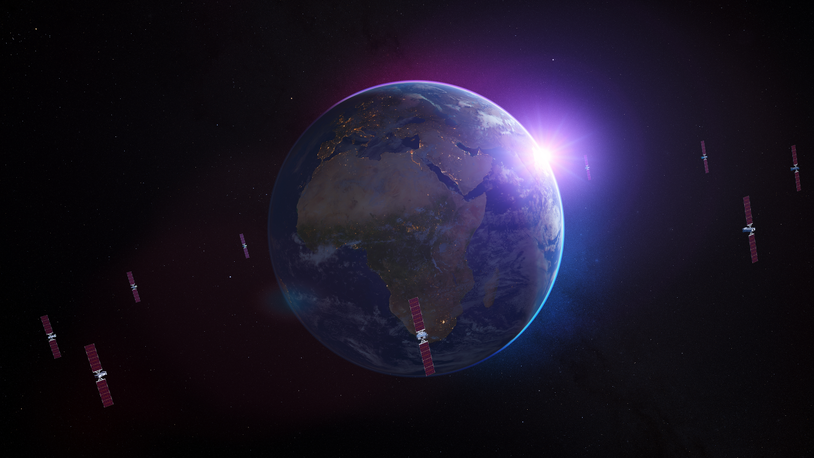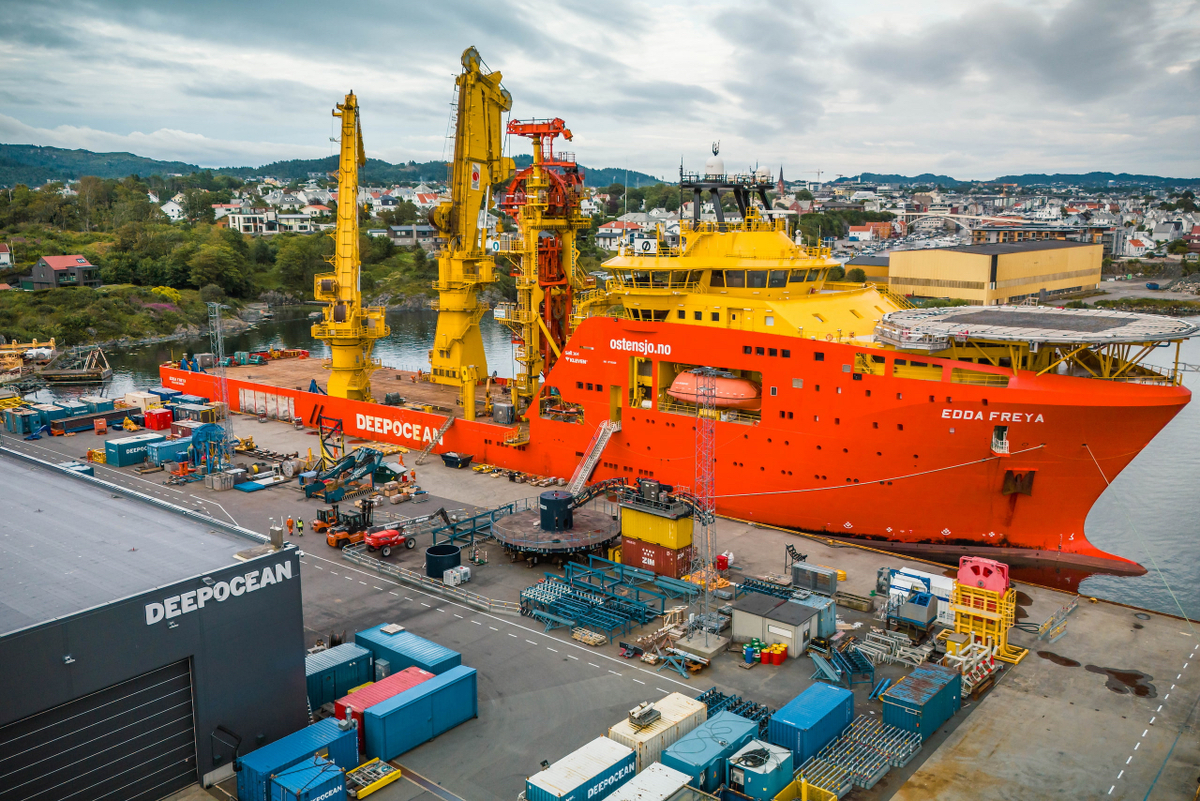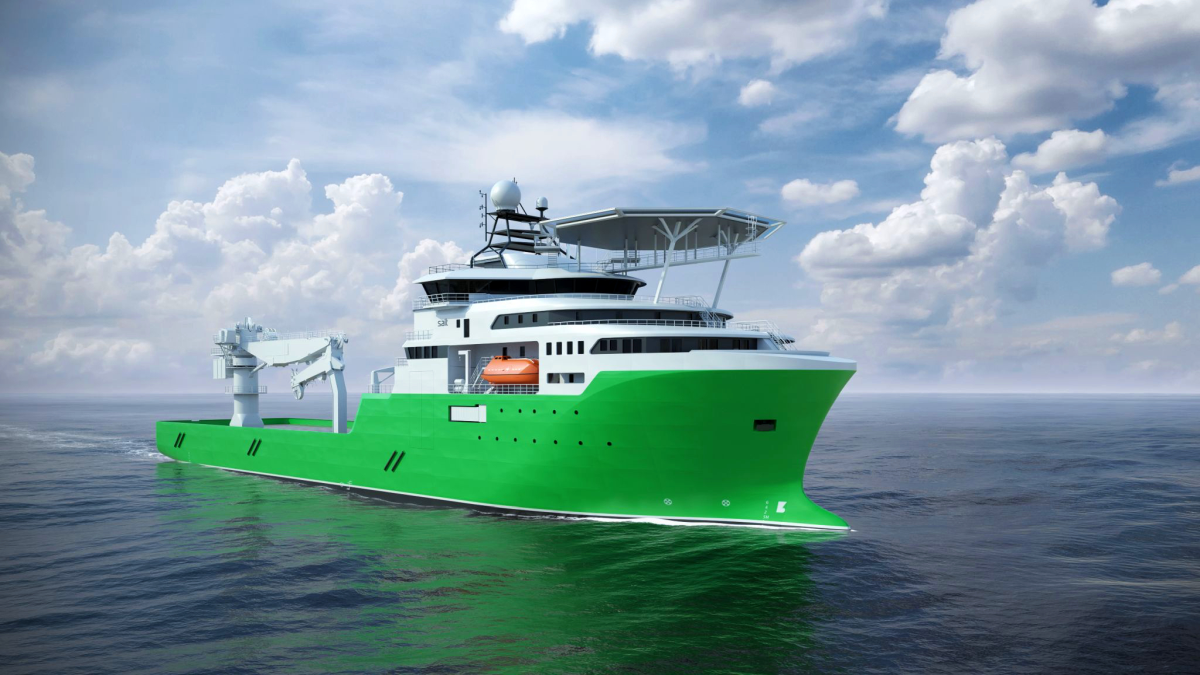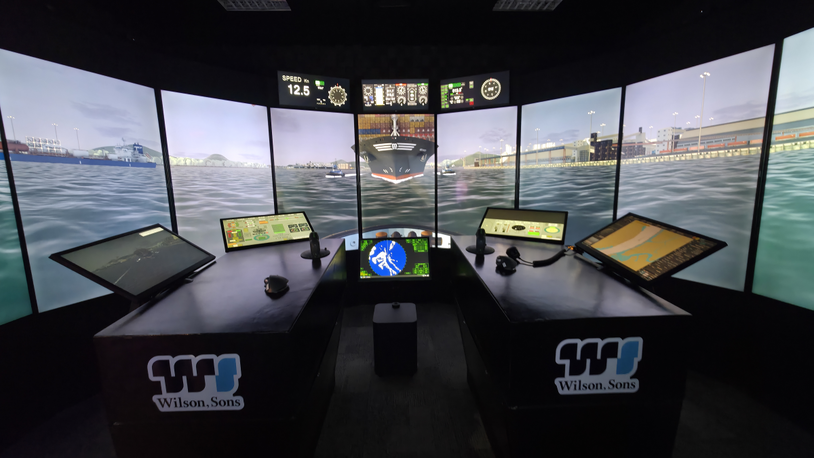Business Sectors
Events
Contents
Register to read more articles.
Connectivity drives digital transformation for support vessels
Technology is driving innovation in the offshore support vessel (OSV) sector with further advances in remote monitoring systems, digitalisation, satellite systems and data management
Vessel owners are investing in satellite communications for real-time data, video transmissions and enhanced seafarer welfare.
Inmarsat Maritime vice president for offshore energy and fishing, Eric Griffin said data traffic between vessels and shore is doubling every 18 months and demand for broadband from crew is accelerating rapidly.
“There are an increasing number of data points, from 5,000 to 10,000 per vessel, to provide insights on vessel performance,” he said at Riviera Maritime Media’s Offshore Support Journal Conference, Asia, held in Singapore, 13 September.
“Crew are wanting the same quality internet level on vessels as in coffee shops or at home, while connectivity enables remote operations.”
He said data usage on OSVs surged 44% from 2021 to 2022 as owners ramped up broadband communications and introduced new services and applications.
“Connectivity is creating more value for OSVs as owners are using digital solutions to increase profitability on vessels and reduce CO2 emissions by making decisions to optimise operations and data-driven efficiencies,” said Mr Griffin.
Inmarsat has launched two of its sixth generation I-6 satellites this year to enhance its Ka-band Global Xpress and L-band services to vessels and has introduced new applications to enhance cyber security and data delivery.
“Data and connectivity are critical,” said Mr Griffin. “It is no longer enough to just purchase bandwidth. We can deliver solutions with interconnected systems for gains in efficiency and profitability.
This is part of the new Orchestra platform Inmarsat has introduced, including connection to long-term evolution (LTE) networks in the North Sea and Gulf of Mexico, through Fleet LTE.
“By the end of this year, we will introduce Fleet Reach for 4G, 5G and LTE where these are available, and in time we will offer SG WAN routeing and applications,” said Mr Griffin.
Inmarsat has a series of new satellites to launch to expand and enhance Global Xpress and in the future plans to offer low-latency communications through low Earth orbiting (LEO) satellites.
Ships under Anglo-Eastern management already benefit from LEO communications from Starlink’s constellation. Data consumption per vessel has risen from 160 GB a day in 2022 to 2 TB using Starlink.
Anglo-Eastern Ship Management chief information officer Torbjorn Dimblad said “next-generation satellite communications is transforming connectivity”. He said Starlink has been installed on 100 ships under the group’s management. “They are getting speeds of 100-220 Mbps over Starlink with global coverage from a constellation of satellites designed for consumer broadband.”
Crew feedback from these ships is positive with a 96% improvement in morale, more teamwork on board and more interactions with families. Seafarers spend around 1.5 hours each day online.
On the operational side, IT managers have used Starlink to patch onboard software and resolve IT issues, “It is quicker to fix issues,” said Mr Dimblad.
“We have started a programme of linking crew teams through video conference calls - talking through safety matters across the fleet.”
Other applications enabled by this digital transformation include introducing artificial intelligence (AI)-driven cameras on board for security, virtual reality headsets for enhanced maintenance, using robots for hull cleaning and Orca AI for navigational safety.
IEC Telecom Group vice president for marketing and communications Anastasia Kuzmenko highlighted the importance of LEO and having an L-band back-up with optimised applications in her presentation.
Value-added services and applications provide optimal user experiences and cyber security to prevent vessels from being impacted by online threats.
“There have been several cyber incidents on vessels, so cyber security is important,” she said. “It is about business continuity and mitigating cyber risks.”
Satellite communications need to be secure and ships need to be protected through multi-layered cyber security through firewalls, antivirus resources, network management and back-ups for rapid response during a cyber incident.
“Owners need to ensure they have training and policies for crew, and technical set up for different operational requirements,” said Ms Kuzmenko.
They need to think through these policies and support crew during this digital transition, recognising the importance of security rules and ensuring seafarers follow cyber rules.
OSV owners can also use the connectivity to monitor the health and performance of onboard systems and provide predictive maintenance to prevent issues from impacting operations.
Rolls-Royce Solutions is introducing NautIQ Foresight to monitor the health of engineroom and bridge systems.
“Digitalisation is an enabler for all our solutions for health management, for collecting big volumes of data and creating solutions for operators and crew to use across our portfolio,” said Rolls-Royce manager for marine and automation Bartosz Kowalinski.
“We are working on autonomous solutions and have equipment health management and remote monitoring to improve the uptime of machinery and provide operations support.”
Rolls-Royce uses AI and machine learning to enhance vessel operations, optimise lifecycle costs and make savings from predictive and scheduled maintenance.
“We analyse parameters to chart the most optimal route for reducing fuel and the environmental impact of vessels. There are graphical interfaces for fleet management,” said Mr Kowalinski.
Riviera Maritime Media’s Offshore Support Journal Conference, Middle East will be held 6-7 December 2023 in Dubai, UAE. Use this link for further information and to register your interest
Related to this Story
Events
Offshore Support Journal Conference, Americas 2025
LNG Shipping & Terminals Conference 2025
Vessel Optimisation Webinar Week
© 2024 Riviera Maritime Media Ltd.


